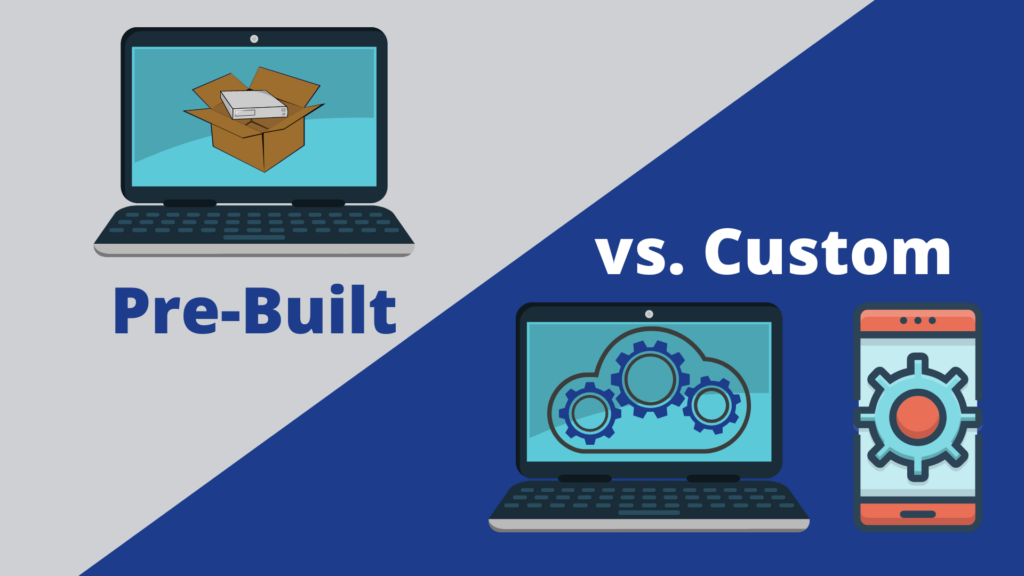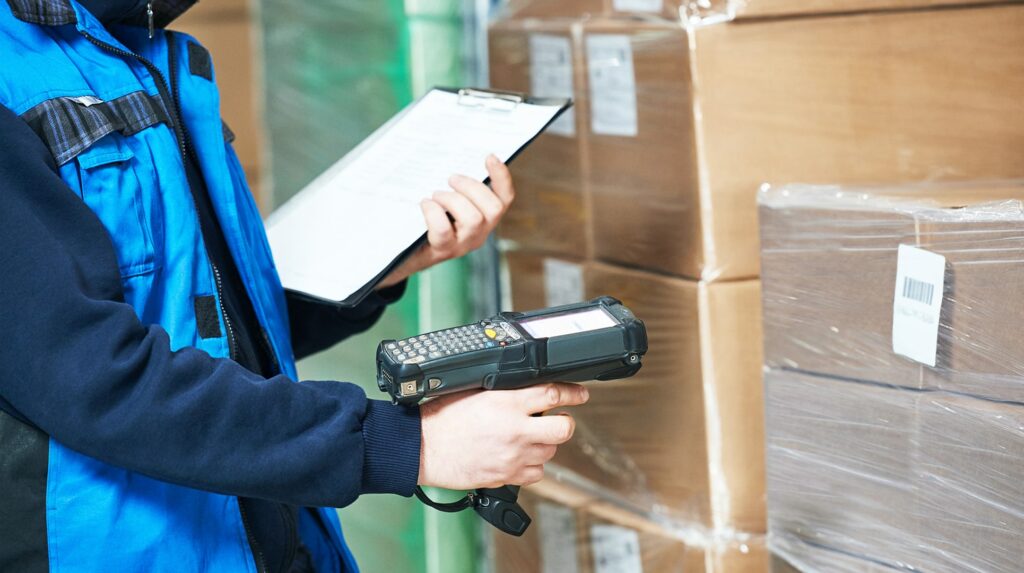Vests, drill bits, sand paper, water bottles, gloves… These are the things with low prices that end up costing you a lot of money. And if you’re like most companies, you have asked yourself more than once, “Where did all this stuff go?” These consumables just seem to fly off the shelf, requiring the company to buy more and more. You’re constantly wondering how much of it is lost or worse, permanently “borrowed.” For many companies the cost of construction consumables is hundreds of thousands of dollars or more per year and it has a significant impact on your bottom line. And, as you likely already know, consumables are difficult to track so it challenging to reliably charge these costs back to a job, crew or project manager.
Having a better handle on your consumables is a hidden opportunity within most companies who use them. Properly tracking and analyzing construction consumables use could help your teams in many different ways.
Supply Availability
Nothing is more annoying than being ready to complete a task and not having the supplies you need. And, more important than the annoyance is the effect on the bottom line. Delays related to ad-hoc supply runs or otherwise waiting for supplies to arrive can have a significant cost to your ability to complete jobs on time and budget. There are other impacts as well such as employee satisfaction and retention. By tracking your supply use and availability and automating re-ordering processes you can ensure the right supplies are always available when needed.
Cost Estimating
Consumables are one of the best examples of hidden project costs. The only way to truly understand construction consumable costs per project is to effectively track them over time. This information makes estimating cost for future projects a breeze. Understanding not only your total costs by project but also the primary driver of those costs will help you to determine which of those costs do and do not apply to your next project.
Enforcing Accountability
Knowing exactly what supplies were used on every project and by whom is a secret weapon to accountability and cost savings. Imagine a tool talk meeting where the foreman asked everyone to start using a new type of testing equipment. However, two weeks later a report shows him supplies for the old testing equipment is still being ordered and consumed. Now he has the opportunity to reach out to that project. Additionally, consumable budgets can be more effectively measured against actuals. If a Project Manager has exceeded his consumables budget it would sure be handy to know exactly why and whether the budget should be adjusted on the next project.
Product Effectiveness
Is anyone paying attention to whether the DeWalt drill bits last longer than Milwaukee? By comparing the use of construction consumables on similar projects you can begin to understand those products that are performing better and providing more value.
Other Hidden Information Gems
There are many other insights you can game from tracking consumables. For example, are there project teams who are not consume all of the required safety equipment? Are re-usable items not being properly re-used? Has this project consumed any caulking yet which would mean they’re nearing completion?
Automation
The other thing about consumable is that they’re physically challenging to track. And there are two types of tracking you need to be worried about:
Who, What, When, Where
The good old notepad or spreadsheet has forever been the ‘go to’ to track everything from crew time to consumables use. However in today’s day and age with the volume of items consumed on a daily basis this just doesn’t cut it. Barcode scanning technology is needed to scan items into inventory. They’re needed again to scan items out of inventory and charge them to a job or cost center. As important is the need to attach other information to these activities, such as time, employee and location. The key is a good tracking system that makes everything easy.
Accounting
The last part of construction consumables is the accounting. Who’s paying for all this stuff? Or at least, who is taking responsibility for the cost? Many companies are dumping all of the consumable costs into a single cost center or a dummy job. By doing this it removes the ability to send those costs to the areas responsible for them. The only truly effective way to properly allocate consumable costs is to fully automate the process. Your consumables tracking system needs to be plugged right into your accounting system to ensure all journal entries happen automatically in real time. You don’t want to have to worry about exporting data, reconciling the two systems. Your accounting and tracking systems need to work as one.



